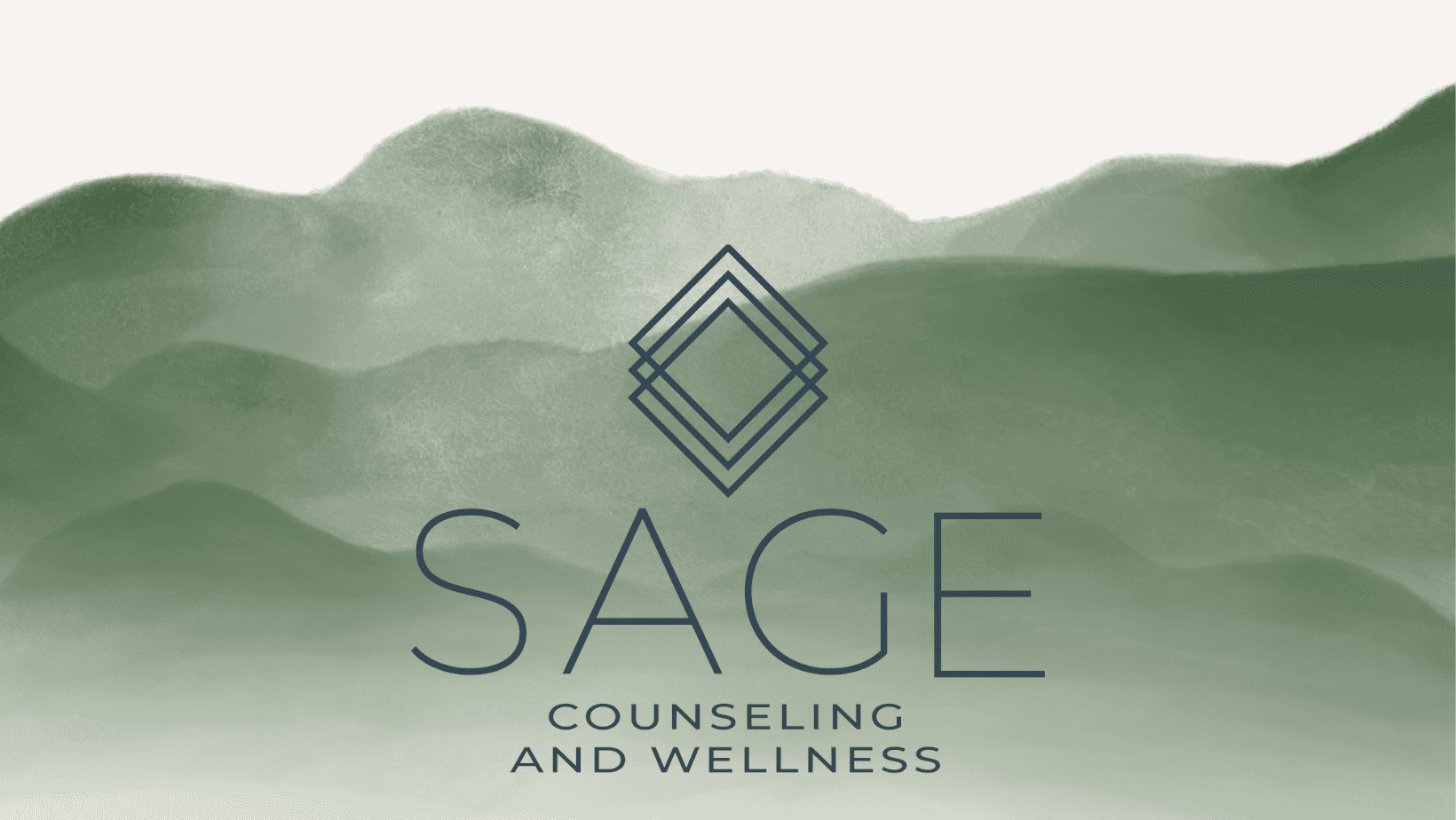
The Psychology of Physical Touch: Why is it Important?
This post may contain affiliate links, which means we may receive a commission, at no extra cost to you, if you make a purchase through a link. Please see our full disclosure https://www.rachelbutlercounseling.com/disclosure-privacy-policy-terms-of-use/ for further information.
Have you ever felt down or frustrated and all you want is a big hug or a hand to hold? Believe it or not, physical touch is crucial for our mental health, starting from the first few moments after birth. Even the health of our immune systems is correlated with physical touch. Did you know that hugging a loved one every day can lower your chances of getting sick?
Touch has also been shown to lower anxiety and reduce depression symptoms. Human connection is a powerful thing that we need in order to flourish. Continue reading to learn about the psychology of physical touch!
Some examples of physical touch include:
- Cuddles
- Hugs
- Kisses
- Holding hands
- Massages
- Head scratches/brushing hair
- Foot rubs
Why is physical touch so important?
Touch and connection are vital for optimal development, affirming relationships, and a sense of self. Our largest sensory organ is our skin, and we have nerves on our skin that send signals to the brain. A simple loving touch sends signals of reassurance and safety to the brain.
This is not only important for personal health but also for keeping trust and comfort in relationships, both romantic and platonic. That is why physical touch is one of the love languages, accompanied by quality time, words of affirmation, acts of service, and gift-giving.
Physical touch is one of the top preferred love languages to give and receive. Physical touch can be added to the other love languages to heighten the impact of feeling the love even more. These simple forms of contact help form bonds and vulnerability, which strengthens relationships and love for one another.
All About Oxytocin:
Physical touch releases a hormone called oxytocin, a “feel-good” hormone often called the “cuddle hormone” or the “love hormone”. Oxytocin can trigger the release of other feel-good hormones, like serotonin and dopamine, while simultaneously reducing stress hormones such as cortisol.
Studies using PET scans have found that the brain calms significantly in response to stress when a person’s hand is held. Dr. John Gottman has a great exercise called “the six-second kiss,” which provides enough time to create a connection with your partner instead of quick kisses. It takes only a few extra seconds and being more mindful about your partner’s physical needs to feel more connected and attached. This small gesture can stop the hustle and bustle of our busy lives and create more focus on our partner. Six-second kisses can lead to substantial positive changes in your relationship, like boosting oxytocin and building appreciation. All that is needed to release this magical hormone is a few seconds of positive physical touch from someone you have a connection with.
Too much or too little?
Touch starvation, or touch deprivation, is a legitimate concern when a physical connection is lacking. This occurs when one receives too little physical touch from another living thing. Symptoms of touch starvation include feelings of sadness, difficulty sleeping, and the tendency to avoid attachments to others. If touch isn’t your thing, or isn’t obtainable daily, things like taking a warm bath, a weighted blanket, or spending time with a pet gives a similar effect. ESA or emotional support animals can be a great addition to the family if you are experiencing things like anxiety, depression, PTSD, and other mental health concerns. ESA can also be great if you prefer not to have a physical connection with another person.
Any positive touch is considered beneficial, however, too much touch could be dependency and any negative or unwanted touch is never considered to be a good thing. Overstimulation is a common feeling with highly sensitive people or HSP, too much touch can bring on these feelings and create a bad correlation with physical touch. The window of tolerance is an ideal emotion zone, this can be a great tool for finding how often physical touch is needed for you to thrive. There is hypo-arousal and hyperarousal. Hyperarousal brings on feelings of anger and is often overwhelming. Hypo-arousal brings on feelings of numbness and exhaustion. Gaining mindfulness to be comfortable with our own needs to find a balance that works for you is key to finding your window of tolerance.
Physical touch is not just one of the love languages—it is part of having a healthy body and mind. Adding an ESA to your family can raise your oxytocin levels and lower stress daily, or adding a quick six-second kiss with your partner can substantially strengthen your connection with your partner. Being there for a loved one when they are going through a rough patch by giving a hug or holding their hand can provide comfort more than words. It is so important to be fully aware of how something as simple as a hug can benefit not only our own, but others’ perceptions of the world and overall well-being.
To discuss how therapy could help you during this season of your life, please contact me or schedule your free 15 minute consultation.
References:
Drake, K. (2021, November 19). Window of tolerance: What it is and more. Psych Central. https://psychcentral.com/health/window-of-tolerance#defining-it
Facts about touch: How human contact affects your health and relationships. Dignity Health | Facts About Touch. (n.d.). https://www.dignityhealth.org/articles/facts-about-touch-how-human-contact-affects-your-health-and-relationships
Halton, M. (2021, March 22). Humans are made to be touched – so what happens when we aren’t? ideas.ted.com.https://ideas.ted.com/we-are-made-to-be-touched-so-what-happens-when-we-arent/
MediLexicon International. (n.d.). What are the health benefits of affective touch? Medical News Today. https://www.medicalnewstoday.com/articles/323143#Benefits-for-health
Rusnak, K. (2021, July 14). The six second kiss. The Gottman Institute. https://www.gottman.com/blog/the-six-second-kiss/
Sharkey, L. (2021, April 8). Is “Skin hunger” actually a thing? Healthline. https://www.healthline.com/health/touch-starved#signs-to-watch-for
Sussex Publishers. (n.d.). The vital importance of human touch. Psychology Today. https://www.psychologytoday.com/us/blog/everyone-top/202108/the-vital-importance-human-touch
Want to read more? Here are a few of my related blog posts you may be interested in checking out!




0 Comments